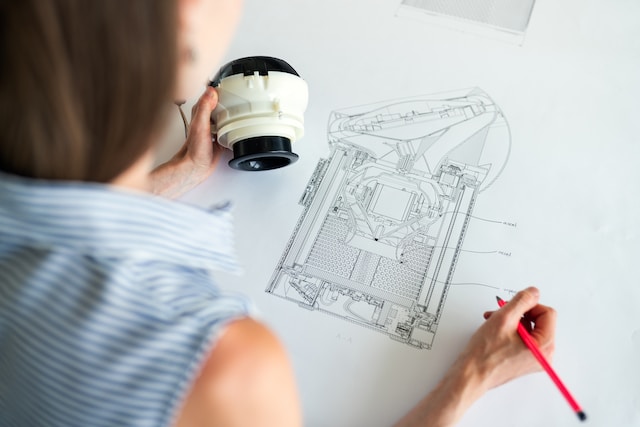While it may seem as though the valve automation industry has remained relatively unchanged, that is certainly not the case. In fact, numerous changes have taken place in valve automation over the course of the past 15 or 20 years. Among the most important changes that have occurred is an increasing reliance on the use of digital valve positioners.
Without question, digital technology has tremendously changed the world in many regards, with the valve automation industry not immune to those changes. As a result, many plants now have the opportunity to take full advantage of the benefits offered by digital valve automation.
Another major change for valve automation is wireless capability. Thanks to wireless technology, monitoring applications have been created for enhanced reliability, safety, environmental compliance, maintenance, and even personnel efficiency. Today there are a number of plants replacing more traditional methods of wireless valve control.
For this, there are two basic types needed for control: open loop and closed loop. In both cases, it becomes possible to reduce the alignment time, minimize worker exposure to chemicals and ladders that pose risks, and prevent human error that can result in lost batches or environmental spills. With wireless valve automation, making valves automated during the project planning phase is much easier.
Valve automation is broken down into a number of categories, each with unique services. These include electric actuators, fluid power actuators, manual actuators, limit switches, positioners, network capabilities, and more. Based on the type of industry and work involved, the appropriate valve automation is used.
Key Benefits
Among the most immediate benefits that customers are able to glean from digital valve automation is the capability for auto-calibration. Additionally, customers have the ability to capture data in a much easier manner by utilizing a microprocessor. Basic data captures includes ambient temperature, valve odometer, operating pressures, and the histogram. While this kind of data was previously available with analog products, transitioning to digital technology has made it possible to benefit from greater positioning feedback.
Numerous options are also provided to the operator interface. Bus systems and local keypads are perfect examples. With all of these options, the operator has the ability to make quick, accurate, and efficient changes to a variety of different parameters such as close time, open time, flow characteristics, and dead band.
Despite the fact that bus system technology is actually more advanced, many customers find that HART technology offers a greater number of benefits. They have a more robust and simple design, as well as device portability that proves to be extremely convenient for a number of industries.
Implementing a New Valve Automation Strategy
If you are giving serious thought to implementing a new valve automation strategy in your facility, it is important to perform a comparison and assess various factors to choose the right type of valve automation for your needs. With this, you will be able to determine what will and will not work within your specific environment. In addition to considering the capabilities needed in the short-term you also want to think about future needs.
By taking this approach, you will not be hit with additional expenses for features used down the line. Remember, while initial price is important, this should not be the primary decision-making factor since there is also the cost of ongoing maintenance to factor in.
Author Bio:
Dani Kate is a content strategist and online blogger with vast background knowledge of mechanical engineering. She is interested in exploring the industrial and mechanical niche. With reference of experts at McRae Engineering Equipment Limited, she has explained here the latest trends in valve automation industry.







